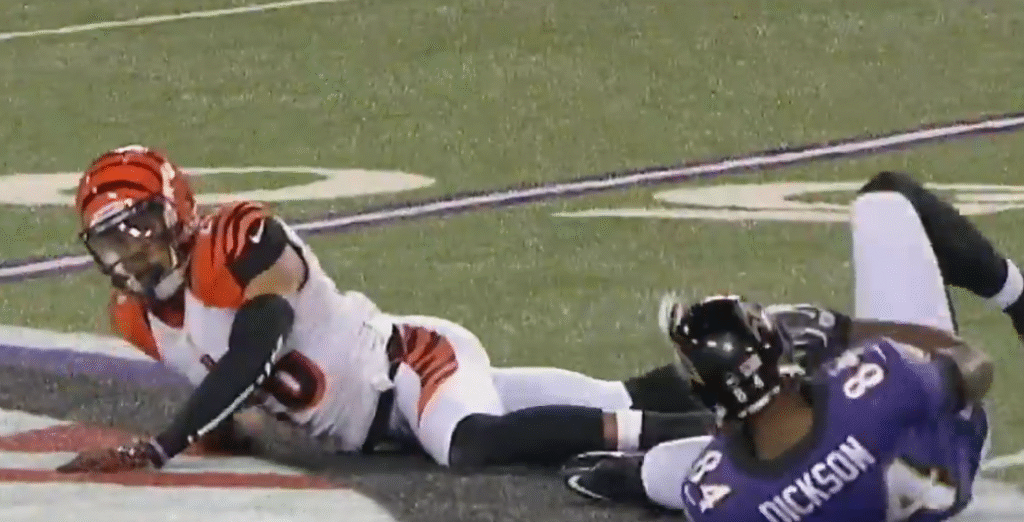It may sound sterile when NFL fans hear that a player has been “waived with injury settlement,” but for players who are on the verge of being cut from rosters, it is incredibly significant. A player’s right to compensation during their injury recovery and a team’s desire for flexibility are balanced by this designation. Similar to a well-planned truce, it guarantees that both parties leave with something, albeit rarely without annoyance.
Debate has surrounded Detroit’s decision to waive Ahmed Hassanein in exchange for an injury settlement in recent days. Although many believed the team had deserted him, the reality is more complex. By settling, the Lions avoided committing Hassanein to a lost season on injured reserve and instead gave him time to heal before looking for another opportunity. Even though this process is very effective, it demonstrates how teams try to maintain flexibility while still providing players with a safety net.
The structure is especially helpful for fringe players or newcomers. In camp, consider a young wide receiver who pulls a hamstring. He might get paid for a month while recovering if he is waived injured rather than missing the entire season. In keeping doors open throughout the league, the settlement is remarkably effective for a player who is still trying to establish his value.
Consider the Rams’ Willie Lampkin case. He was waived due to an injury designation sustained during the preseason. If left unclaimed, he could accept a settlement that would allow him to sign elsewhere or land on injured reserve. In addition to being incredibly effective for teams, the mechanism serves as a safety valve, allowing players to be free once they are healthy.
Waived With Injury Settlement – Key Facts
| Term | Explanation |
|---|---|
| Waived | Player released, subject to waiver claims by other teams |
| Injured | Player is hurt at time of release, not healthy enough to play |
| Injury Settlement | Agreement where team pays player for estimated time missed |
| Example | If injury is 4 weeks, player may receive 4 game checks |
| Eligibility | Usually applies to non-vested players (under 4 accrued seasons) |
| Outcome | If unclaimed, player goes to Injured Reserve or negotiates payout |
| Return Rule | Player cannot rejoin waiving team until settlement time + 3 weeks |
| Purpose | Protects teams from stashing talent on IR; protects players with pay |
| Similar Cases | Mykkele Thompson (Giants), Willie Lampkin (Rams), Ahmed Hassanein (Lions) |
| Reference | Yahoo Sports – Injury Settlement Explained |

This rule guards against manipulation as well. Teams occasionally placed talented young players on injured reserve prior to the designation, using fictitious injuries to retain rights without using roster spots. The league greatly narrowed that gap by requiring waivers, which improved the system’s fairness for every franchise.
There are remarkably similar parallels with more general labor rights. An injured worker in a typical workplace is entitled to workers’ compensation, which guarantees income while they recover. The idea remains the same even though NFL players work in a particularly risky field: an assurance that an injury won’t immediately result in financial ruin. This link emphasizes how common discussions concerning protection and equity in the workplace are reflected in professional sports.
The last ten years have seen a notable improvement in understanding of these contract complexities. Salary cap analysts and social media insiders have changed the public’s perception. Fans now understand the meaning of “dead cap,” keep tabs on “practice squad elevations,” and are becoming more aware of the purpose of injury settlements. There is now a very clear discussion about labor rights in sports thanks to the democratization of knowledge that was previously limited to agents and front-office executives.
From a cultural perspective, injury settlements highlight the stark differences between journeymen and stars. With multimillion-dollar guarantees, Odell Beckham Jr. isn’t concerned about receiving checks for only a portion of the season. However, for undrafted rookies, a four-week settlement could mean the difference between continuing their career and quitting. The way that this contrast draws attention to inequality within the same locker room—where fortunes differ as drastically as any corporate hierarchy—is especially creative.
Because recoveries are unpredictable, agents frequently advocate for longer settlements. In an effort to keep expenses to a minimum, teams respond with cautious estimates. Because of this tension, athletes must balance pride and pragmatism in a negotiation that is both extremely effective and emotionally taxing. For some, taking a small settlement is just a matter of survival; for others, it’s a wager on their own fortitude.
The optimism that lies within these settlements is sometimes overlooked by fans. The designation can give careers a second chance by providing immediate compensation and the opportunity to move on. Resilience can win in a competitive industry, as evidenced by the innumerable players who have accepted settlements, recovered swiftly, and joined new teams. These tales rarely garner media attention.

